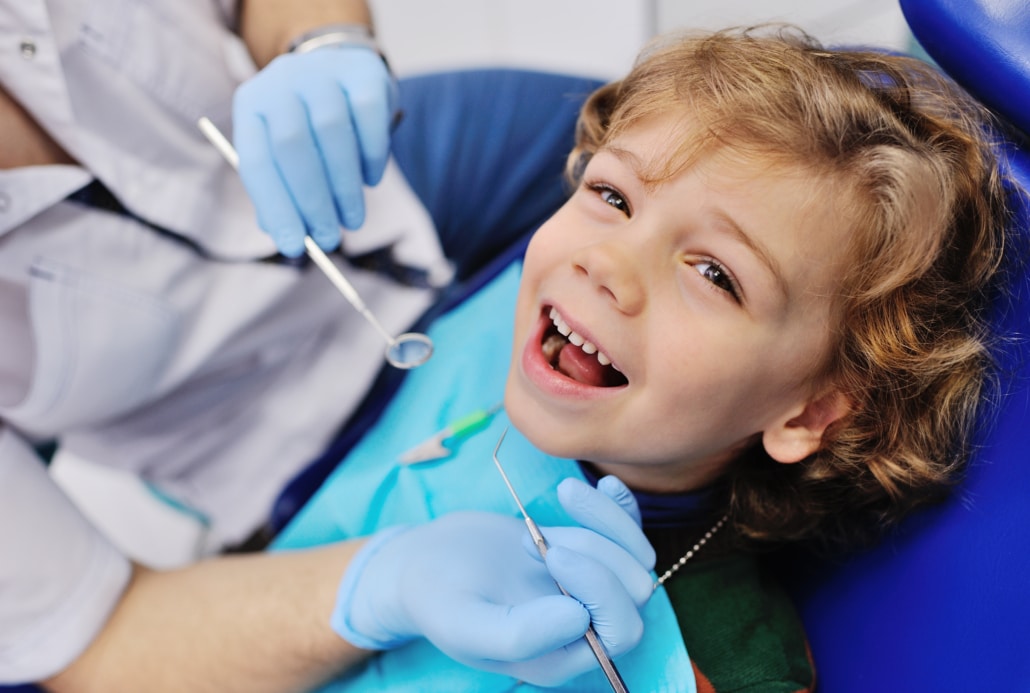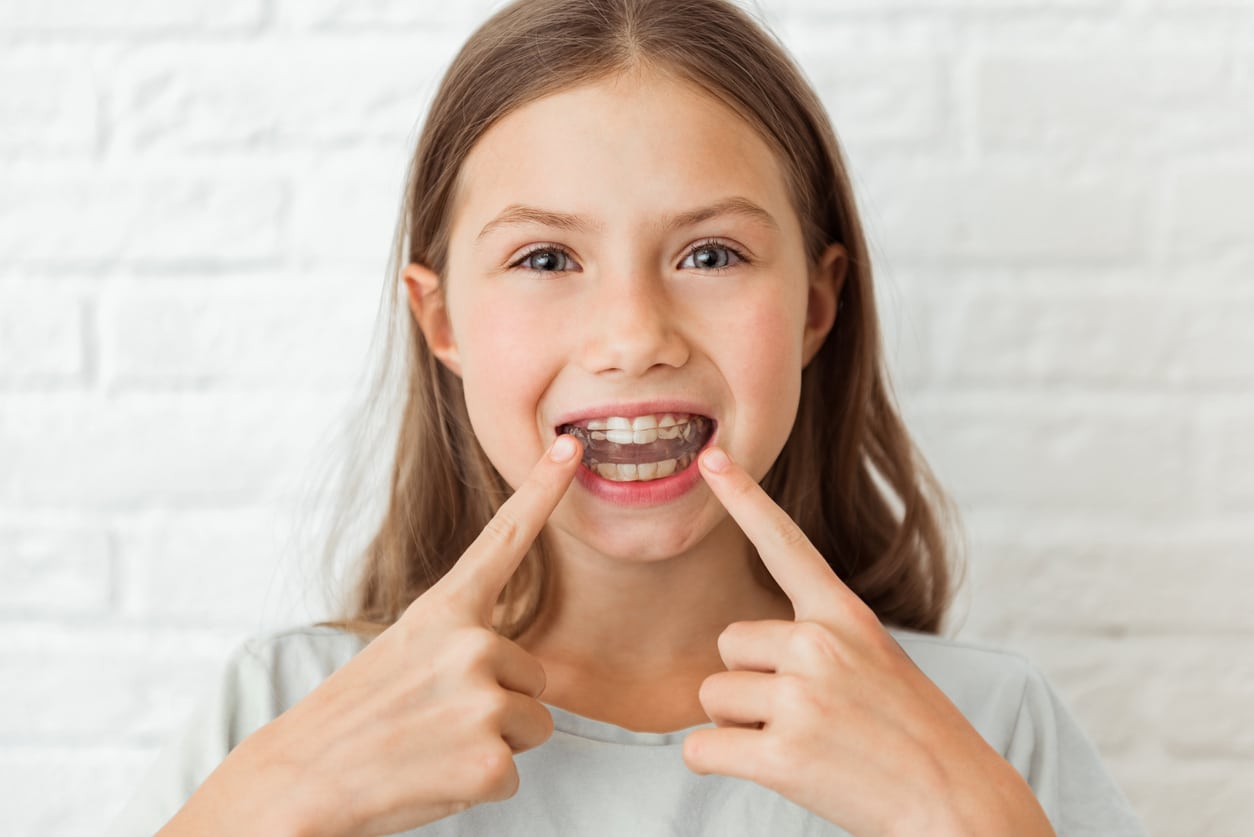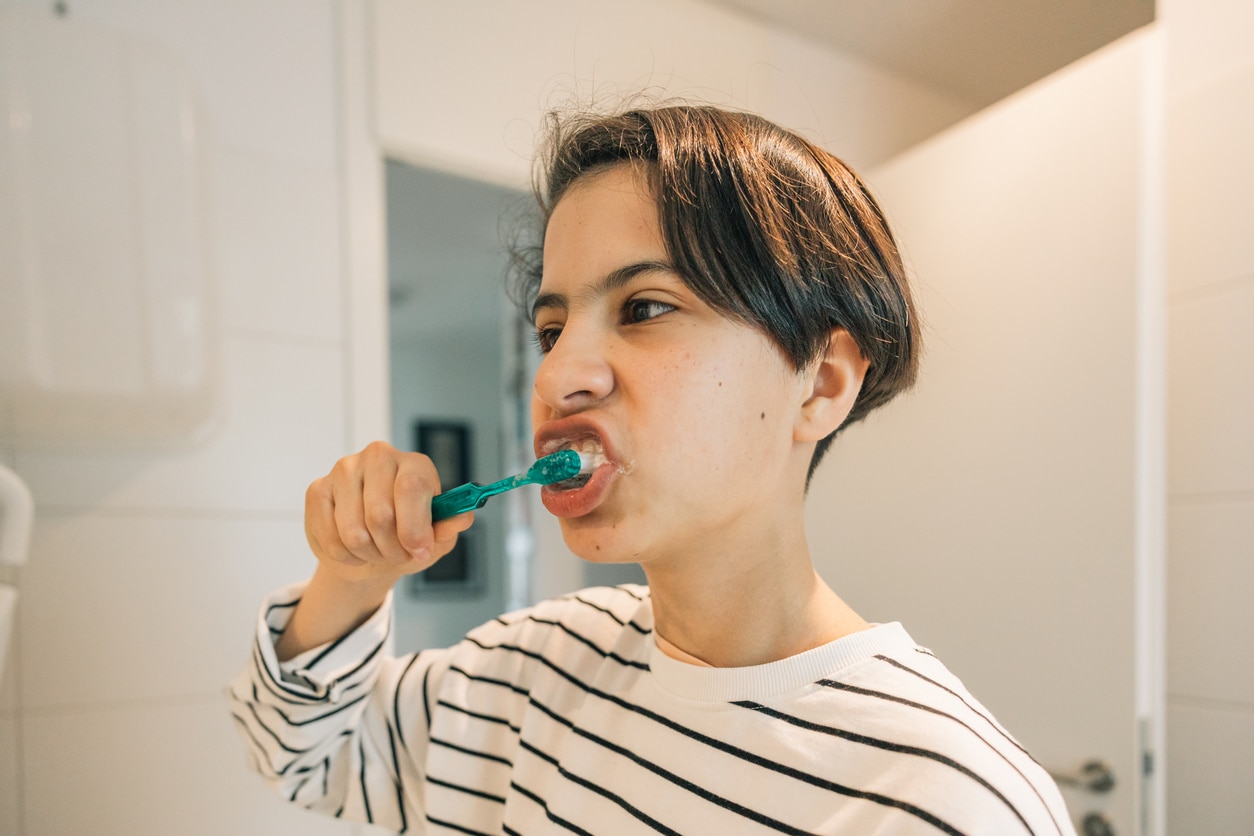Definition
Tooth decay in children is a very common and very debilitating infection. It causes sensitivity or pain, whitish to brown discolouration on the teeth and bad breath.
Tooth decay is an infectious disease of the teeth. It is characterised by the gradual demineralisation of the enamel and the underlying dentine due to the acids produced by the bacteria present in the mouth. These bacteria proliferate in the presence of sugars from food.

Dental care for children
The dentists at Smile and Care dental centres are trained to treat all cases of tooth decay in both adults and children.
Some of our dentists have received specific training in paediatric dentistry or work as assistants in the paediatric dentistry department of the dental school in Geneva.

Prevention
It is based on 3 factors:
- Rigorous oral hygiene: Toothbrushing twice a day with age-appropriate fluoride toothpaste.
- Limiting sugars: Avoiding snacking and reducing the consumption of sugary foods.
- Regular dental check-ups: Every 6 months from the age of 3 years.
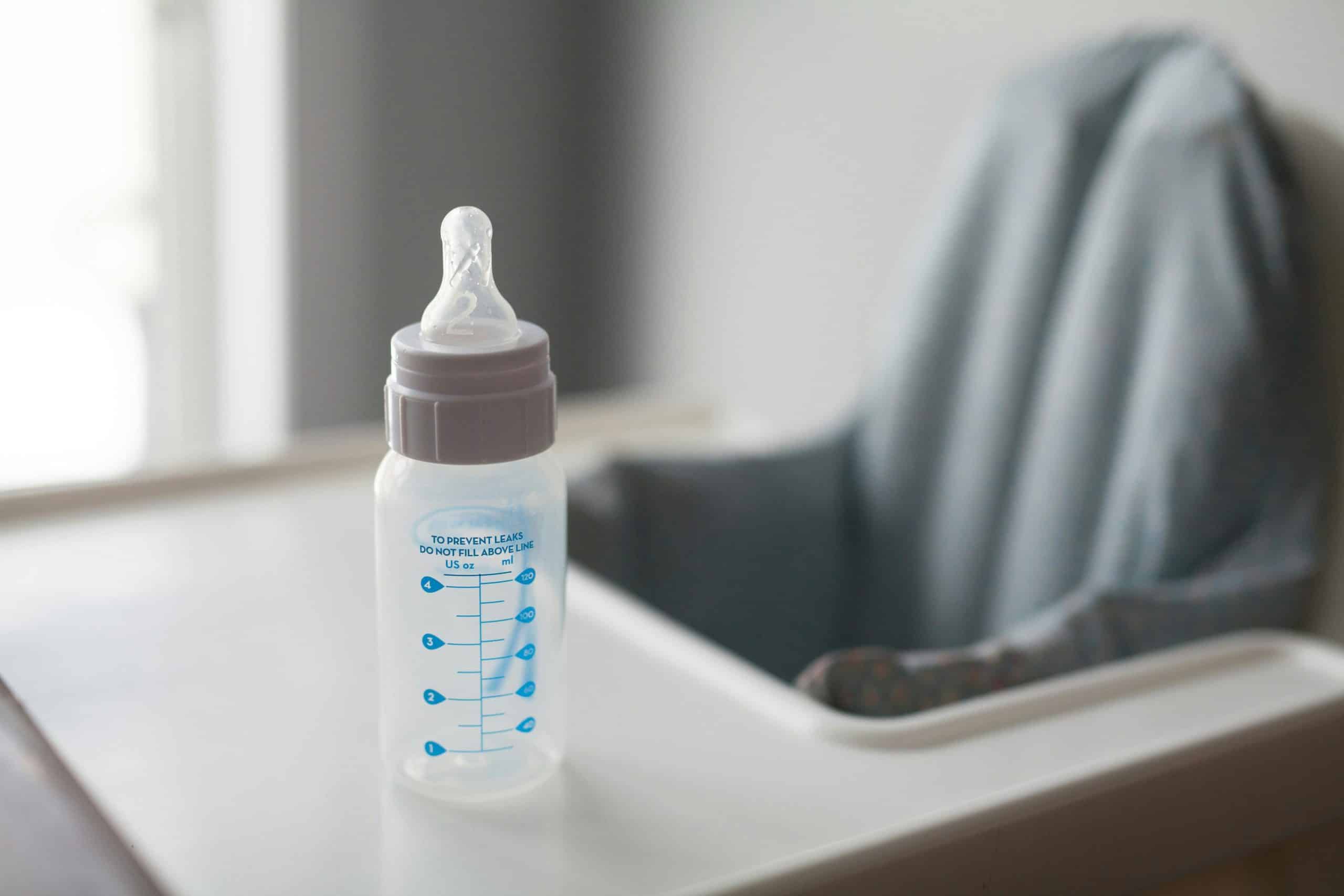
Under three years old too!
Children under the age of 3 are particularly vulnerable to tooth decay, especially early childhood caries or baby bottle tooth decay.
Frequent consumption of sweetened liquids from a bottle, especially before bedtime, is a major factor in this condition.
This form of tooth decay is rapid and can lead to significant complications if left untreated (pain, abscesses or even an impact on growth and tooth alignment).

A painless, localised and effective anaesthesia technique called Quicksleeper
The paedodontist uses a painless, localised and effective anaesthesia technique called Quicksleeper. Throughout the treatment, the dental assistant ensures the well-being of the child and the parents.
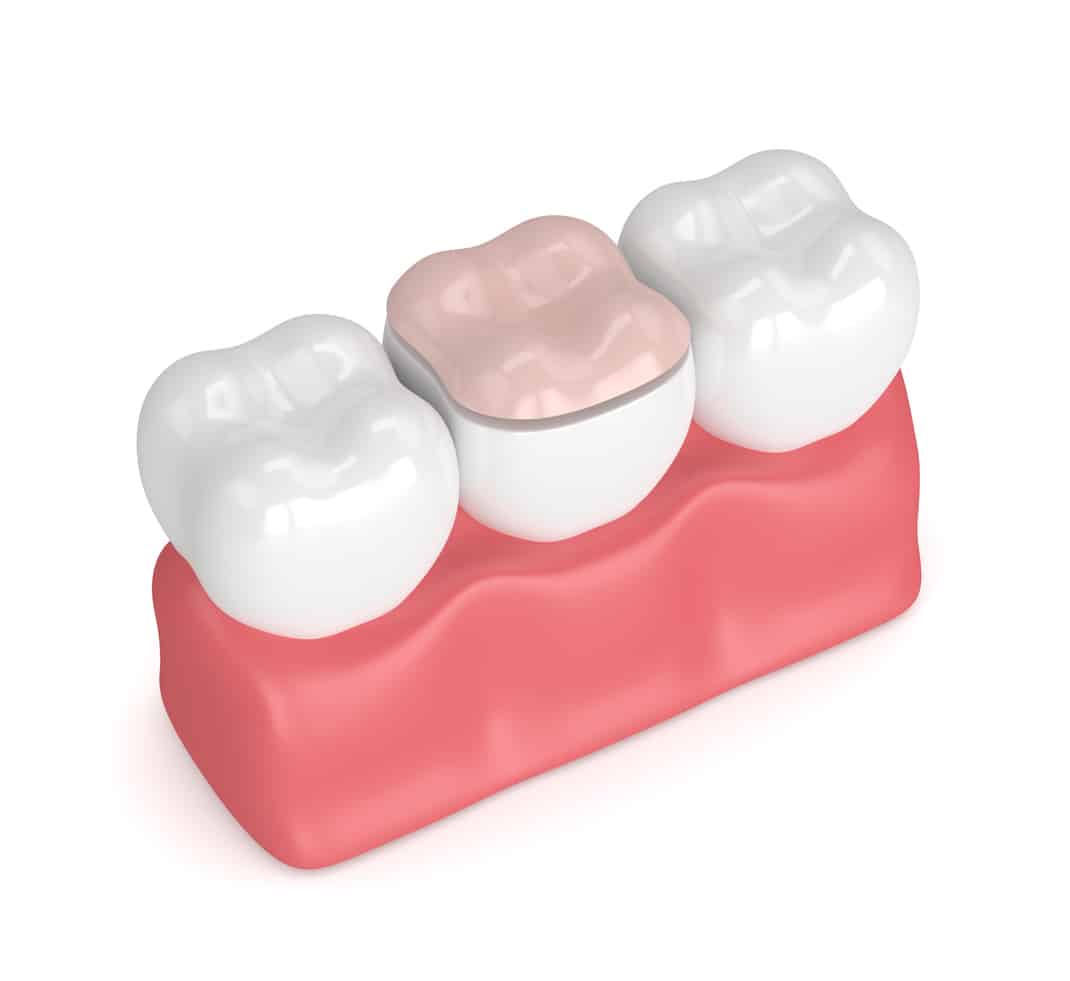
The different treatments for children
The treatment will depend on the stage of development of the decay:
- For superficial decay, the dentist will apply fluoride varnish or gels to stop it developing.
- For medium decay, after carefully removing the decayed tissue, he will fill the cavity with suitable materials such as composite resins or fluoride-filled glass ionomers.
- For a deep cavity, a pulpotomy may be necessary before filling the cavity. This involves removing the upper part of the pulp while preserving the root.
- Tooth extraction is sometimes unavoidable if the tooth is too decayed or infected. A space maintainer should then be considered to facilitate the eruption of the underlying permanent tooth.

The importance of milk teeth!
Milk teeth play an essential role in the development of the child, even though they are destined to be replaced by permanent teeth. They have a number of important functions:
- Chewing function: Good chewing promotes healthy digestion and the assimilation of nutrients essential for growth
- Speech development
- Maintains space for permanent teeth
- Harmonious jaw development
- Aesthetics and self-confidence
Our before-and-afters
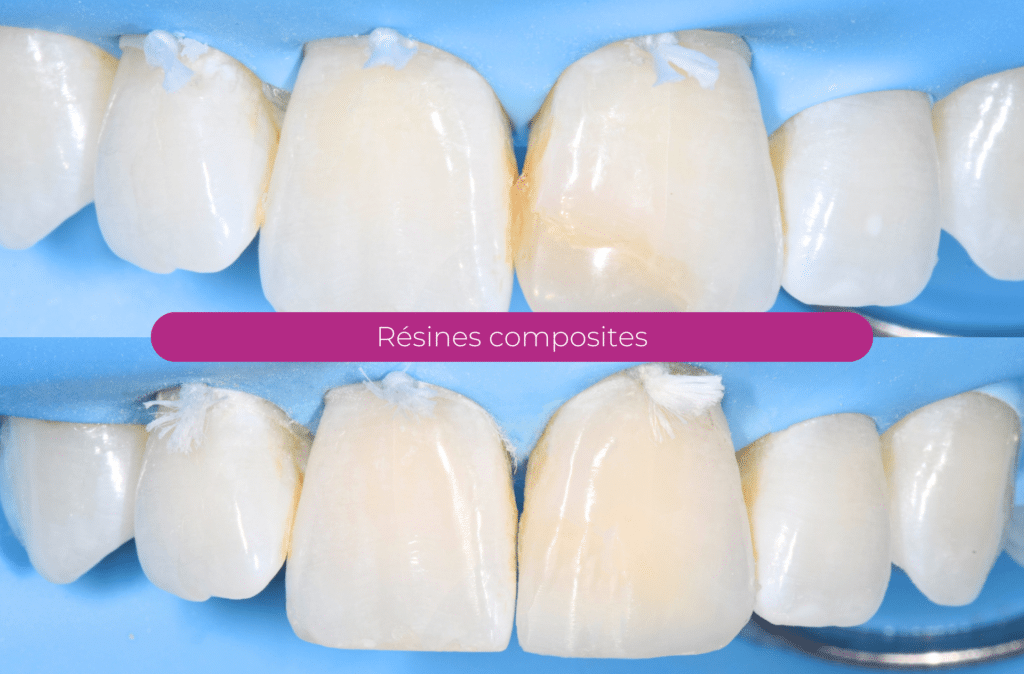
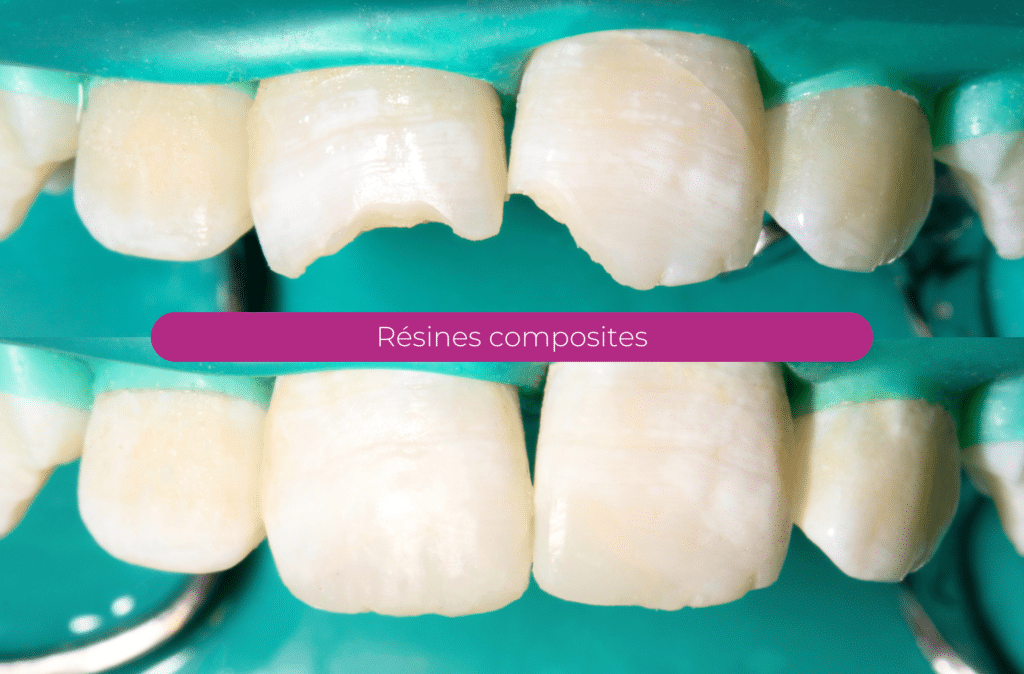


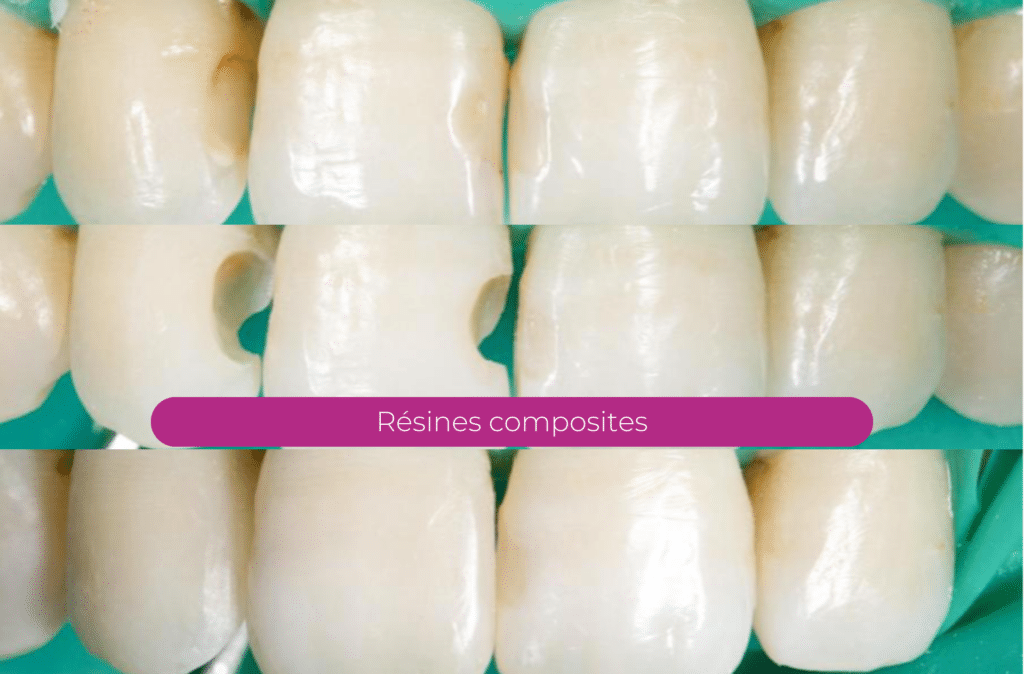
Make an appointment at one of our two clinics




